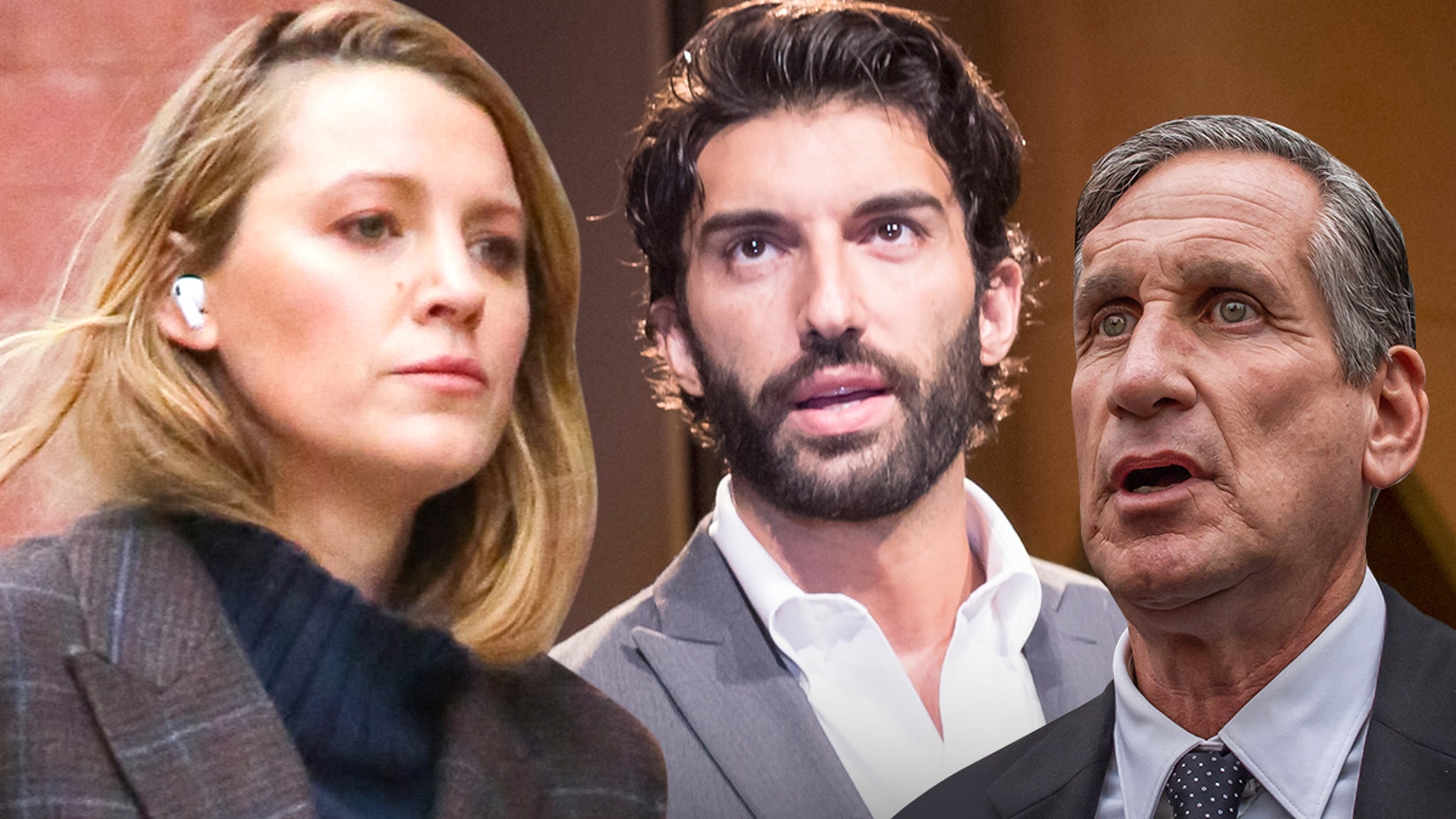Products You May Like
**Blake Lively vs. Justin Baldoni: Legal Saga Unfolds**
Blake Lively and Ryan Reynolds are currently embroiled in a legal dispute with actor Justin Baldoni, stemming from allegations made by Lively regarding sexual harassment during the filming of their movie, “It Ends With Us.” The situation escalates as the couple has filed a legal motion seeking a protective order against Baldoni’s lawyer, Bryan Freedman, whom they accuse of making misleading statements relating to the case.
In a letter filed with the court, Lively and Reynolds assert that Freedman is engaging in improper conduct by waging a “harassing and retaliatory media campaign” against them. They argue that such actions violate established court rules prohibiting lawyers from disseminating irrelevant information to the press that could bias potential jurors in a case. The couple is particularly concerned about how these actions may shape public perception and influence the legal proceedings.
The case gained further complexity when Baldoni’s team released unedited footage from the filming of “It Ends With Us.” This footage, they claim, serves as evidence that contradicts Lively’s assertions. However, Lively’s representatives countered this move by stating that the footage supports Lively’s original complaint regarding Baldoni’s alleged conduct on set.
Lively had initially accused Baldoni of sexual harassment, claiming that he participated in a coordinated effort to harm her reputation. This led Baldoni to file a counter-suit against Lively, which includes charges of defamation and civil extortion, seeking a staggering $400 million in damages. His legal strategy hinges on categorically denying Lively’s claims by portraying the behind-the-scenes dynamics of their film as entirely professional.
As the legal battle unfolds, both parties are focused on protecting their public images while navigating the challenges posed by the media coverage of their case. The high-profile nature of the dispute, involving well-known public figures, means that both Lively and Reynolds are particularly sensitive to how statements made in court or to the media can influence public opinion.
Lively’s team has stressed the importance of silence on both parties regarding ongoing proceedings to ensure a fair trial. However, the exchange of claims and defenses in the public arena continues, marked by a battle of narratives designed to maintain or reshape reputations in the face of serious allegations.
In summary, the conflict between Blake Lively and Justin Baldoni reflects broader themes of justice, reputation management, and the implications of media influence in legal battles. This case underscores the intricate dynamics at play in celebrity culture, particularly where accusations of abuse are involved, and sets the stage for a contentious legal confrontation. As both sides prepare for the next legal steps, the outcome remains uncertain, with the potential to significantly impact both their careers and public perceptions.Bryan Freedman, a prominent attorney, has been vocal since taking on Justin Baldoni as a client, particularly regarding a high-profile case involving accusations of smear campaigns within Hollywood. His advocacy has included media appearances, such as a discussion on “TMZ Live,” where he elaborated on the tactics often employed in celebrity defamation cases. This context is critical given the recent allegations surrounding Baldoni and Blake Lively, with accusations suggesting that Lively has engaged in a campaign to damage Baldoni’s reputation.
Sources close to Baldoni have expressed deep concerns over a proposed gag order that could prevent him from defending himself against claims made against him, particularly ones published by the New York Times. These reports, according to Baldoni’s team, have led to significant financial losses, jeopardizing potential job opportunities and costing him millions. The primary concern is that Baldoni feels it is unjust for him to be silenced when he aims to counteract the defamation with evidence, including videos and text messages, to vindicate his reputation.
Baldoni’s supporters argue that the imposition of a gag order is particularly egregious given the context; it allows Lively, who they claim instigated the smear campaign, to attempt to control the narrative while silencing Baldoni’s perspective. They characterized the situation as “unbelievable,” emphasizing that it seems inherently unfair for Lively to criticize Baldoni publicly and then seek legal measures to prevent him from responding or defending against the allegations.
The situation underscores recurring issues in the entertainment industry regarding media narratives, public perception, and the rights of individuals to respond amicably against what they perceive to be unfair treatment. Freedman’s involvement illustrates the complex dynamics of celebrity culture, legal strategies in defamation cases, and the broader implications on individuals’ careers and personal lives within this high-stakes environment. As this legal battle unfolds, it highlights the often-contentious intersection between public relations and legal frameworks in celebrity disputes.
